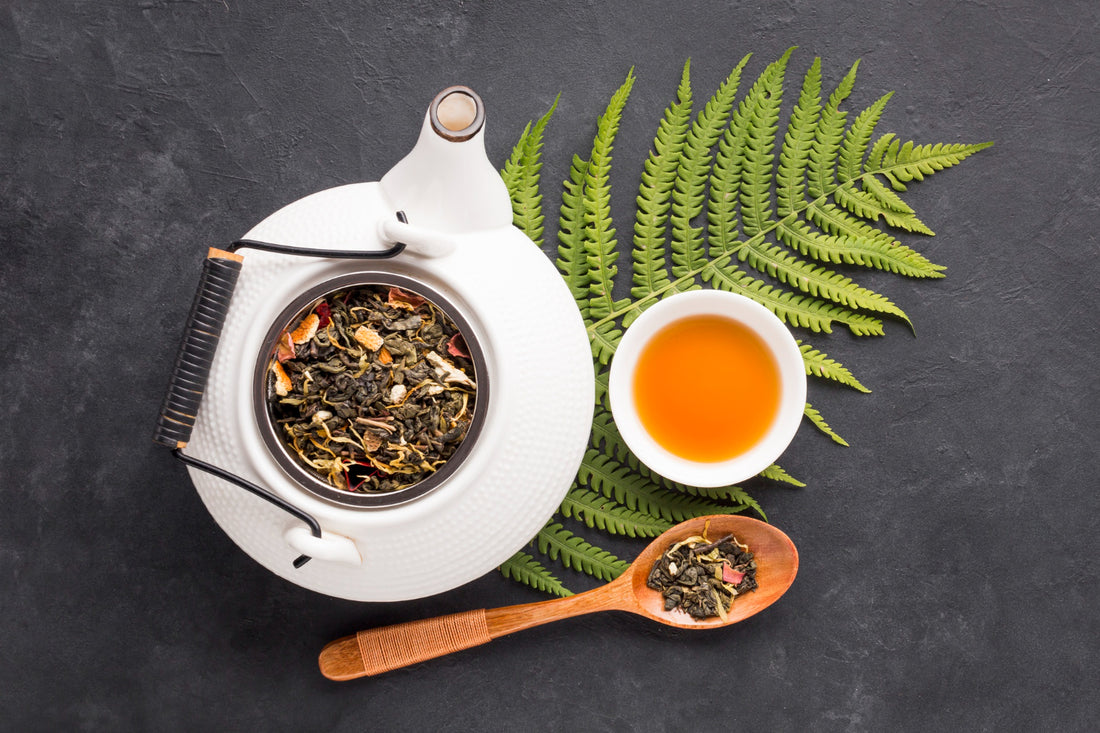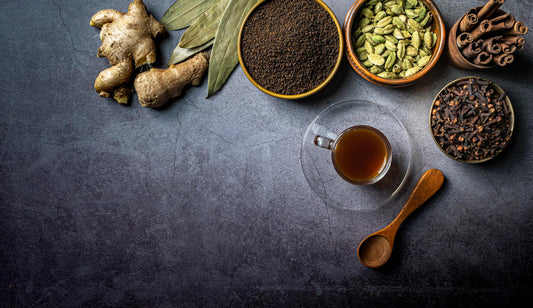Earl Grey - A 'Flavor-Rich' Vitamin-C Packed Tea
Earl Grey Tea- a timeless classic loved by tea enthusiasts around the globe. The origins, flavors, and cultural significance of this beloved beverage are as timeless as its flavor.
What is Earl Grey Tea?
Earl Grey Tea is a popular flavored tea, traditionally made using black tea leaves infused with oil extracted from the rind of bergamot orange and/or real bergamot peels, a citrus fruit primarily grown in Italy.
The result is a distinctive aroma and flavor profile that sets this tea apart from other teas.

The Origin
The exact origin of Earl Grey Tea is shrouded in mystery and legend. One popular story attributes its creation to a British Prime Minister named Charles Grey, who received a gift of tea flavored with bergamot oil as a token of gratitude for saving the life of a Chinese Mandarin's son.
Another theory suggests that the blend was named after Lord Grey for abolishing the British East India Company’s monopoly on tea imports and opening tea trade routes. Regardless of its true origin, Earl Grey Tea has since become a staple in tea culture worldwide.

Flavor Profile
Earl Grey Tea is characterized by its bold and fragrant flavor, with prominent notes of citrus from the bergamot fruit oil/peels. The base of black tea provides a robust backdrop, creating a balanced and aromatic brew that is usually enjoyed plain, but some prefer adding a splash of milk and a hint of sweetener.
Variations and Innovations
While traditional Earl Grey Tea remains popular, there are countless variations and innovations to explore. Some tea producers offer Earl Grey blends using different types of tea leaves, such as green or oolong, to create unique flavor experiences. Additionally, creative additions like lavender, vanilla, rose, jasmine, etc. can elevate the classic Earl Grey profile, adding depth, complexity, and uniqueness to the brew.

Health Benefits of Drinking Earl Grey
Like other types of tea, Earl Grey offers a range of potential health benefits. Black tea contains antioxidants that may help protect against chronic diseases, while bergamot is believed to have antimicrobial and mood-enhancing properties. However, moderation is the key, as excessive intake of caffeine or bergamot oil may have adverse effects for some individuals.
Cultural Significance
Earl Grey Tea has not only captured the palates of tea drinkers but also found its way into popular culture. From literature to film and television, references to Earl Grey abound, solidifying its status as an iconic beverage.
Conclusion
Earl Grey Tea stands as a testament to the artistry and craftsmanship of tea blending. Its rich history, distinctive flavor profile, and cultural significance continue to captivate tea lovers worldwide. Whether enjoyed in a cozy afternoon tea setting or as a morning pick-me-up, Earl Grey Tea remains a timeless classic that never fails to delight the senses.
So, brew a cup of Earl Grey, sit back, and savor the elegance of this beloved beverage?




